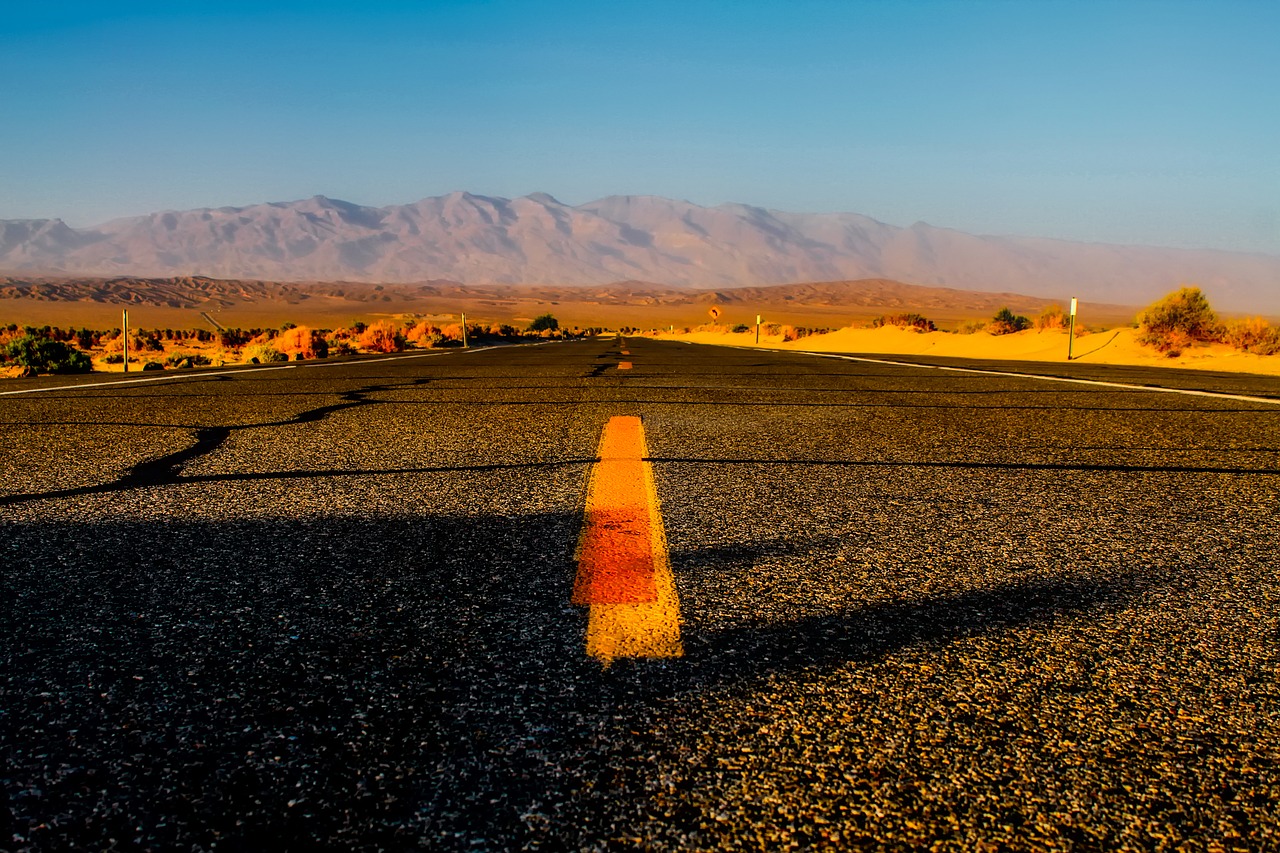The extent of the heat in the western United States in the coming weeks will add to the record books, forecasters say. The heatwave is not expected to subside until next week and more than 200 heat records could fall including afternoon records and overnight lows that will not cool when all is said and done. 110 million Americans experience highs above 90 degrees and 20 million above 100 degrees. It’s not just how hot it gets, but how long the heat will last. It may not be as hot as it will be, but the heat is unlike any the region has endured in the past, and it will be longer than it has ever lasted.
Hot weather is reaching a level that people have never experienced before from the shores of the Persian Gulf to the foothills of Mexico’s Sierra Madre Occidental. The heat in the western United States could reach dozens of new daily highs in the coming weeks through mid-June, setting new all-time highs for June in some places. While the September 2017 heatwave affected much of the eastern United States, it was known in some quarters for some of the hottest temperatures of the late calendar year.
A heatwave in 2003, for example, killed more than 70,000 people in Europe as temperatures outside reached more than 40 degrees Celsius. Dozens of daily Heat Records have been broken, including several All-Time Recordes. An analysis of four decades of data from thousands of weather stations shows that a handful of hot spots around the world are experiencing a deadly mix of heat and humidity that most people did not expect until the mid-century.
By Wednesday, the widespread extreme heat continued to engulf 40 million people in heat warnings, watches and warnings. The Maghreb, the Mediterranean coast, south-west, central and south-east Europe are currently experiencing one of the biggest heatwaves in recent decades. From the end of June to mid-September 2015, there was an unusual and prolonged heatwave across Europe, particularly in the Maghreb.
In April 2017, Pakistan was hit by a severe heatwave with temperatures of 510 degrees Celsius. In February 2017 Australia experienced extreme heatwaves with temperatures as high as 472 degrees Celsius in Taree, New South Wales and 476 degrees Celsius in Ivanhoe, New North Wales. Many places broke records for the early season with temperatures ranging from 38 to 100 degrees Celsius.
Death Valley, Calif., rose to 124 degrees on Tuesday and was not only the hottest place in the United States, but probably one of the hottest in the world. It is expected to get even warmer on Wednesday, with Death Valley expected to reach up to 128 degrees. As hot as the Sahara and as hot as Texas, it would be sad if we had to beat the Middle East in temperatures.
On Monday, Salt Lake City International Airport broke its record high of 101, established in 1974, when temperatures reached 103 degrees and neared their high of the time. AccuWeather meteorologists predict the city could crack or break its daytime high on Wednesday with highs of more than 100 degrees. Maximum temperatures could be up to 15 to 25 degrees above normal at the height of the heatwave.
The high heat, low humidity and strong winds overlap, creating ideal conditions for wildfires, and concern is growing. Heatwaves last longer and become more intense during the forest fire season in the West, burning more hectares.
![]()
